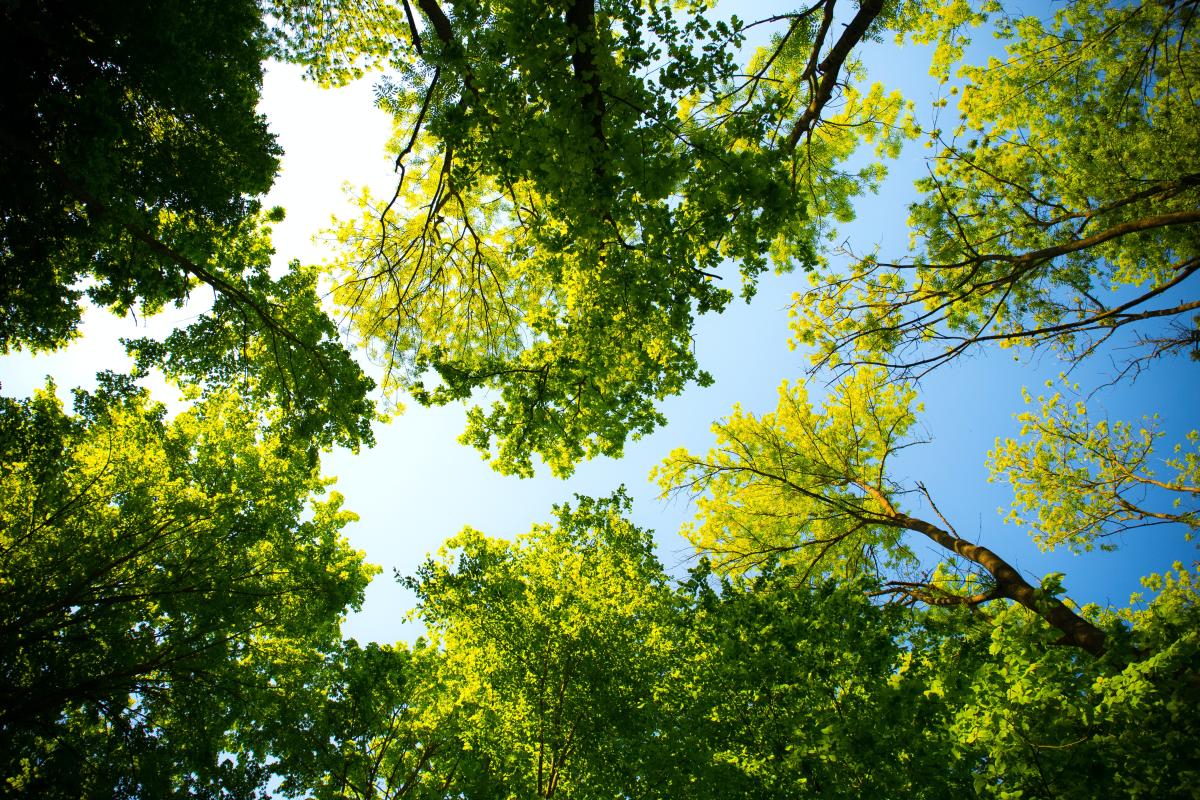
Plant Pigment Chromatography: Do plants and Leaves Contain the Same Pigments?
by Scott Milne
In this lesson, students will collect flower and leaf samples from around their school campus and return to the lab to conduct chromatography to separate pigments in their samples. Students will learn about the electromagnetic spectrum, why leaves and flowers appear as the colors we see and what the functions of these colors are. Students will learn about a simple form of chromatography, paper chromatography, and analyze the pigment types found in each of their samples by calculating the Rf value of each pigment front. This lesson can lead nicely into a second lesson about plant pigment spectrophotometry and analysis of concentration of plant pigments, or can be taught as a stand alone lesson.
Lesson Plan Link/URL
https://docs.google.com/presentation/d/13Tw-kCqCSoXmPxza9d5DYuAQYjoqqrB2yQoPVXE…Subject Area
Science Physical Science P4: Energy Transfer Life Science L1: Cells L2: Organisms & Energy Mathematics Measurement and Data (MD) Expressions and Equations (EE)
Featured
Off
Related Content

Grades:
9th Grade, 10th Grade, 11th Grade, 12th Grade
This is a lesson plan which draws importance to the ability of trees to carbon sequester in urban areas. As the world urbanizes more and more each day, it is important for our health to emphasize

Grades:
9th Grade, 10th Grade, 11th Grade, 12th Grade
In this creative lesson, students choose to be heroes saving an endangered species or to be villains eradicating an endangered species. They create their origin story, finance a plan, and end with a

Grades:
7th Grade, 8th Grade, 9th Grade, 10th Grade, 11th Grade, 12th Grade
This is an introduction to exoplanets and their discovery. In the hands-on activity, students make a lightcurve for an exoplanet transit using data from the DIY MicroObservatory Telescope Network.